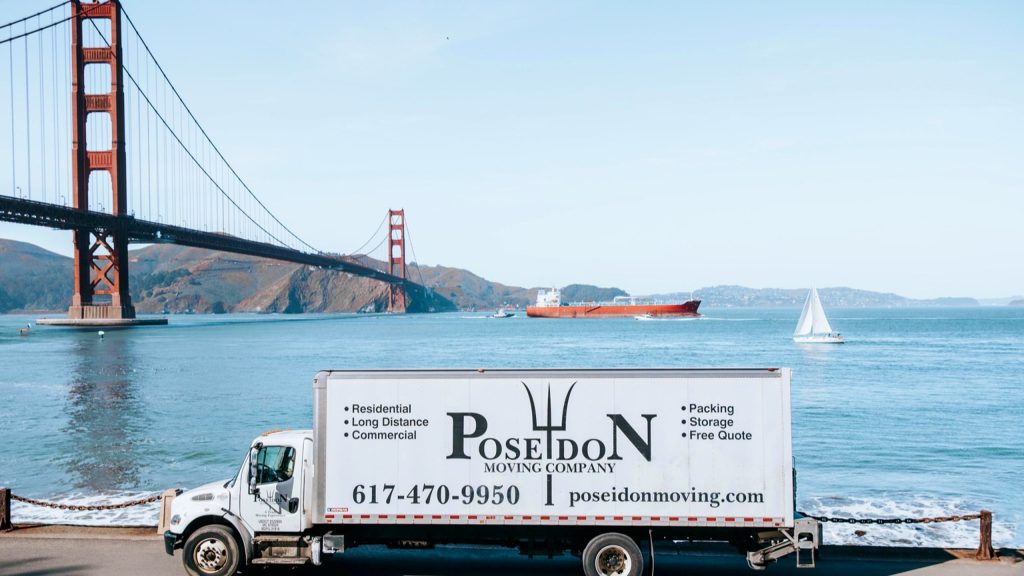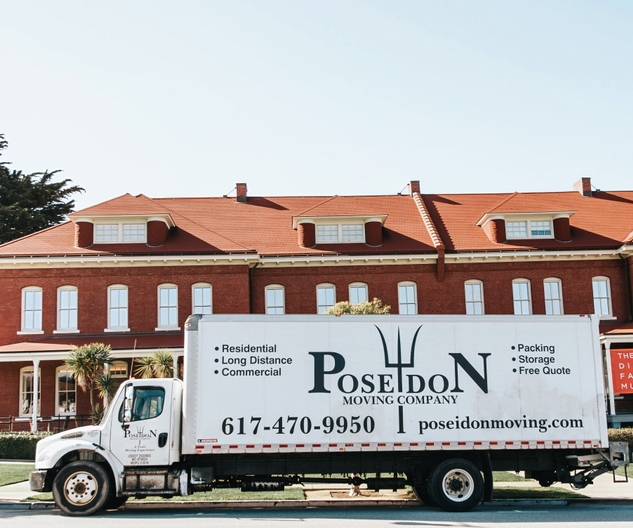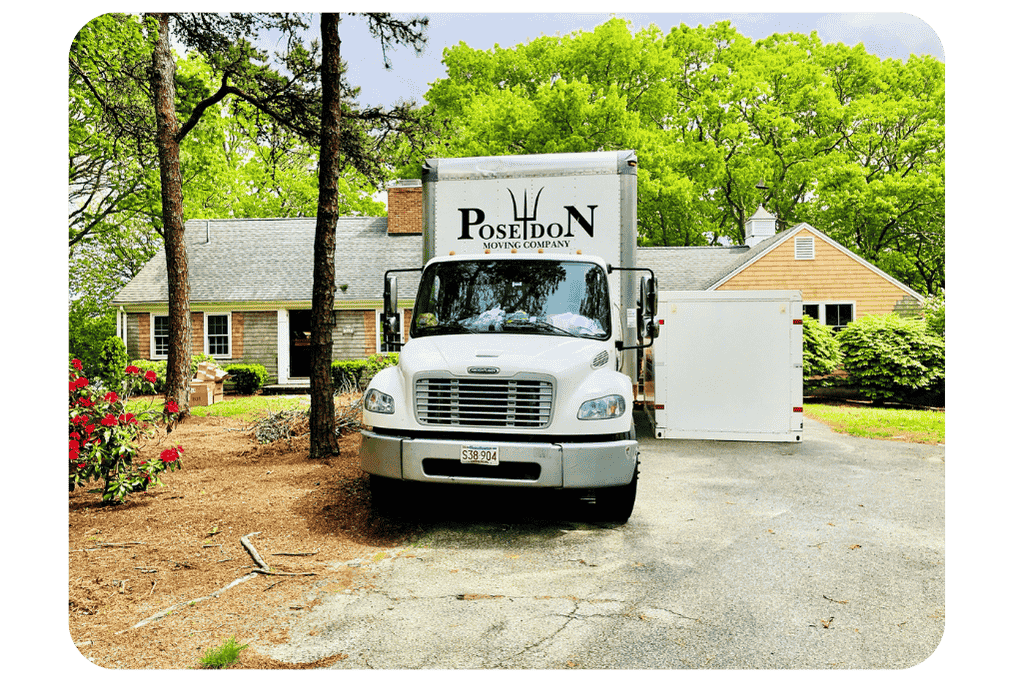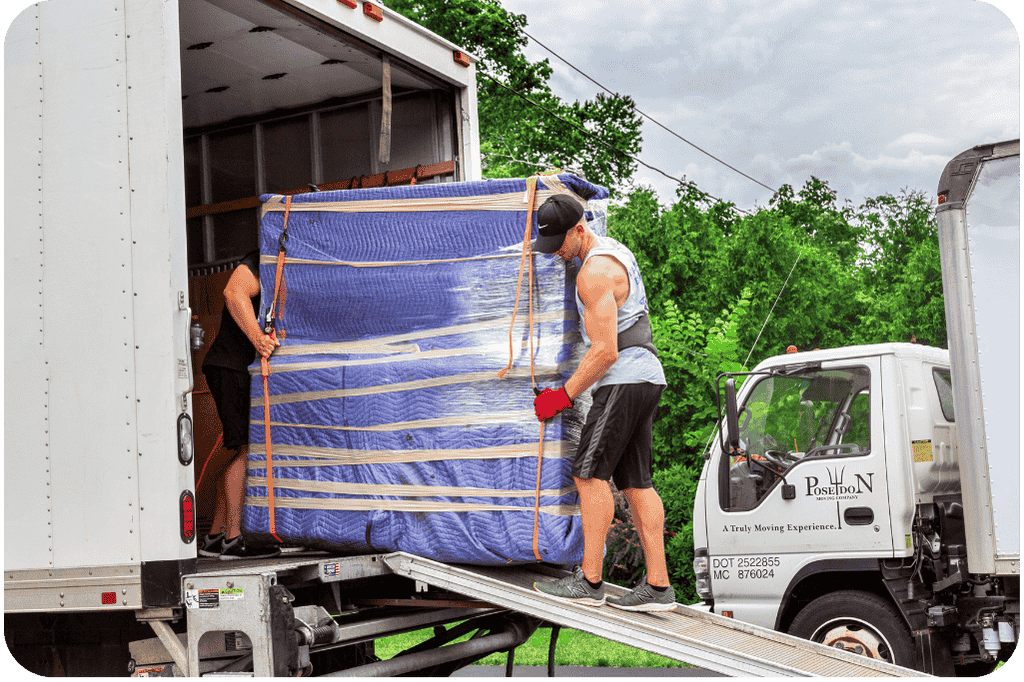How to Plan Your Move to Vermont: A Step-by-Step Guide
Planning your move to Vermont involves thoughtful preparation to ensure a smooth transition. Start by researching the state’s regions and identifying the best location for your lifestyle and needs. Once you’ve chosen a town or city, create a budget that accounts for moving costs, housing, and potential adjustments to the cost of living. Next, hire a reputable moving company, like Poseidon Moving, to handle the logistics and ensure your belongings arrive safely. If you’re moving during winter, be mindful of weather conditions that may impact travel. Once settled, take the time to register your vehicle, set up utilities, and explore your new community. Joining local events and meeting neighbors can help you integrate quickly into Vermont’s welcoming culture. With careful planning, your move to Vermont can be the start of an exciting new chapter in a beautiful and vibrant state.
Why Vermont Is a Great Place to Call Home
Vermont is a state like no other, offering a harmonious blend of natural beauty, community spirit, and quality of life. Known for its rolling hills, vibrant fall foliage, and charming small towns, Vermont provides a peaceful retreat for those seeking a slower pace of life. The state is also renowned for its commitment to sustainability and local agriculture, boasting an abundance of farmers’ markets and farm-to-table dining options. Beyond the aesthetics, Vermont consistently ranks as one of the safest states in the U.S., making it an ideal place for families. The strong sense of community and welcoming atmosphere ensure newcomers feel at home quickly. Whether you’re drawn by the outdoor recreation opportunities, like hiking and skiing, or the cultural attractions, such as art galleries and music festivals, Vermont has something for everyone.
The Cost of Living in Vermont: What to Expect
While Vermont offers an exceptional quality of life, it’s essential to understand the cost of living before making the move. Housing can be a significant expense, with home prices and rental rates varying depending on the city or town. On average, Vermont’s cost of living is slightly above the national average, influenced by factors like housing, utilities, and healthcare. Groceries and dining out may also be more expensive, especially if you prioritize organic and locally sourced options, which are popular in the state. However, Vermont’s lack of sales tax on essential items, such as clothing and groceries, helps offset some costs. For those accustomed to urban living, the value comes from a higher quality of life, less traffic, and access to unparalleled natural beauty. Budgeting ahead and choosing the right location can help you enjoy all Vermont has to offer without financial strain.
Best Cities and Towns to Live in Vermont
Vermont is home to a variety of cities and towns, each with its unique charm. Burlington, the state’s largest city, is a vibrant hub with a bustling downtown, thriving arts scene, and proximity to Lake Champlain. Montpelier, the state capital, offers small-town charm with a focus on history and culture, making it a perfect fit for those seeking a quieter lifestyle. Middlebury is ideal for families and academics, thanks to its excellent schools and the prestigious Middlebury College. Stowe, known for its world-class ski resorts, attracts outdoor enthusiasts year-round. For a more rural experience, towns like Woodstock and Brattleboro provide picturesque settings with strong community ties. Whether you prefer the energy of a small city or the tranquility of a country village, Vermont has a location that’s right for you.
Navigating Vermont’s Housing Market: Renting vs. Buying
When moving to Vermont, one of the first decisions you’ll face is whether to rent or buy a home. The state’s housing market offers a range of options, from charming farmhouses to modern apartments. Renting is a practical choice for those new to the area, allowing time to explore different towns and neighborhoods before committing. Rental costs vary but tend to be more affordable in rural areas compared to cities like Burlington. On the other hand, buying can be a sound investment, particularly in a state with steady property values and a strong demand for homes. First-time buyers may benefit from Vermont’s homebuyer assistance programs, which help reduce upfront costs. Regardless of your choice, it’s essential to work with a local real estate agent who understands the market nuances and can guide you through the process.
Understanding Vermont’s Weather: Preparing for All Four Seasons
Vermont’s weather is as diverse as its landscape, with four distinct seasons that offer something special year-round. Winters are cold and snowy, making it a haven for skiing, snowboarding, and other winter sports enthusiasts. Spring brings blooming flowers and the iconic maple sugaring season, a favorite for locals and visitors alike. Summers are warm and pleasant, perfect for hiking, swimming, and exploring the great outdoors. Fall, however, is perhaps Vermont’s most celebrated season, with vibrant foliage drawing tourists from around the world. Preparing for Vermont’s weather means having a wardrobe that includes everything from heavy winter coats to light summer wear. It’s also crucial to winterize your home and vehicle to handle icy conditions. Embracing the seasons adds to the charm of living in Vermont, where nature’s beauty is always on display.
Top Schools and Educational Opportunities in Vermont
Education is a cornerstone of life in Vermont, with the state offering a variety of top-rated schools and higher education institutions. Vermont’s public schools are known for their small class sizes and dedicated teachers, ensuring personalized attention for students. The state also boasts prestigious private schools and colleges, such as Middlebury College and the University of Vermont, which attract students from around the globe. Vermont places a strong emphasis on experiential learning and sustainability, integrating these values into curricula at all levels. Additionally, the state offers excellent vocational and technical programs for those pursuing specialized careers. Families moving to Vermont can feel confident that their children will have access to quality education in a nurturing environment. From preschool to higher education, Vermont provides diverse opportunities for lifelong learning.
Outdoor Activities and Natural Beauty in Vermont
Vermont is a paradise for outdoor enthusiasts, offering a wide range of activities set against breathtaking natural backdrops. In the winter, residents enjoy skiing, snowboarding, and snowshoeing at resorts like Stowe and Killington. When the snow melts, Vermont’s extensive network of hiking and biking trails comes to life, including the famous Long Trail and the Appalachian Trail. Lake Champlain and other pristine waterways provide opportunities for kayaking, fishing, and swimming during the warmer months. Autumn is particularly magical, with the state’s vibrant foliage creating picture-perfect landscapes for scenic drives and outdoor adventures. Vermont also prioritizes conservation, ensuring its natural beauty remains intact for generations to come. Living here means having unparalleled access to the outdoors, where adventure and relaxation are always within reach.












